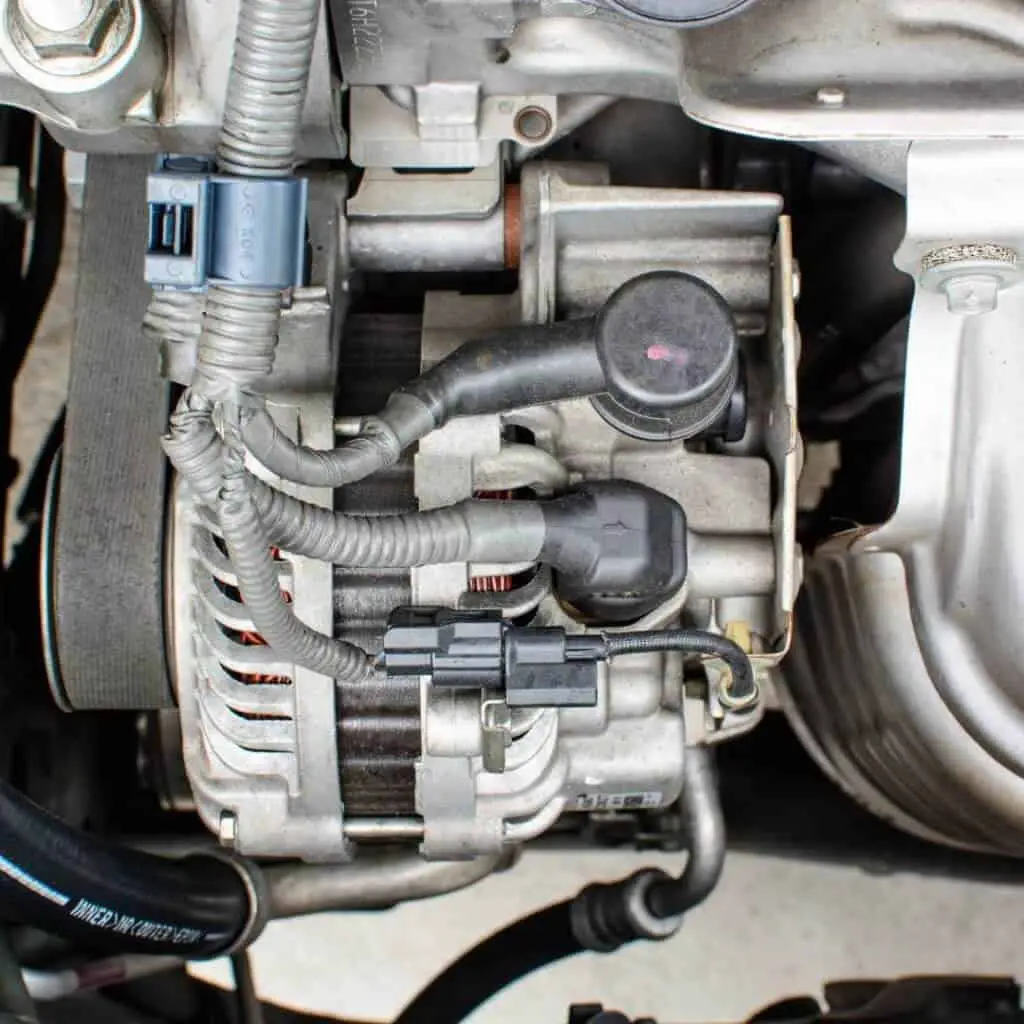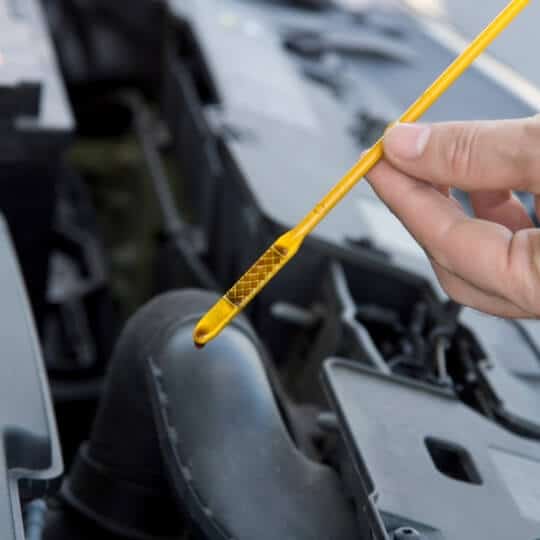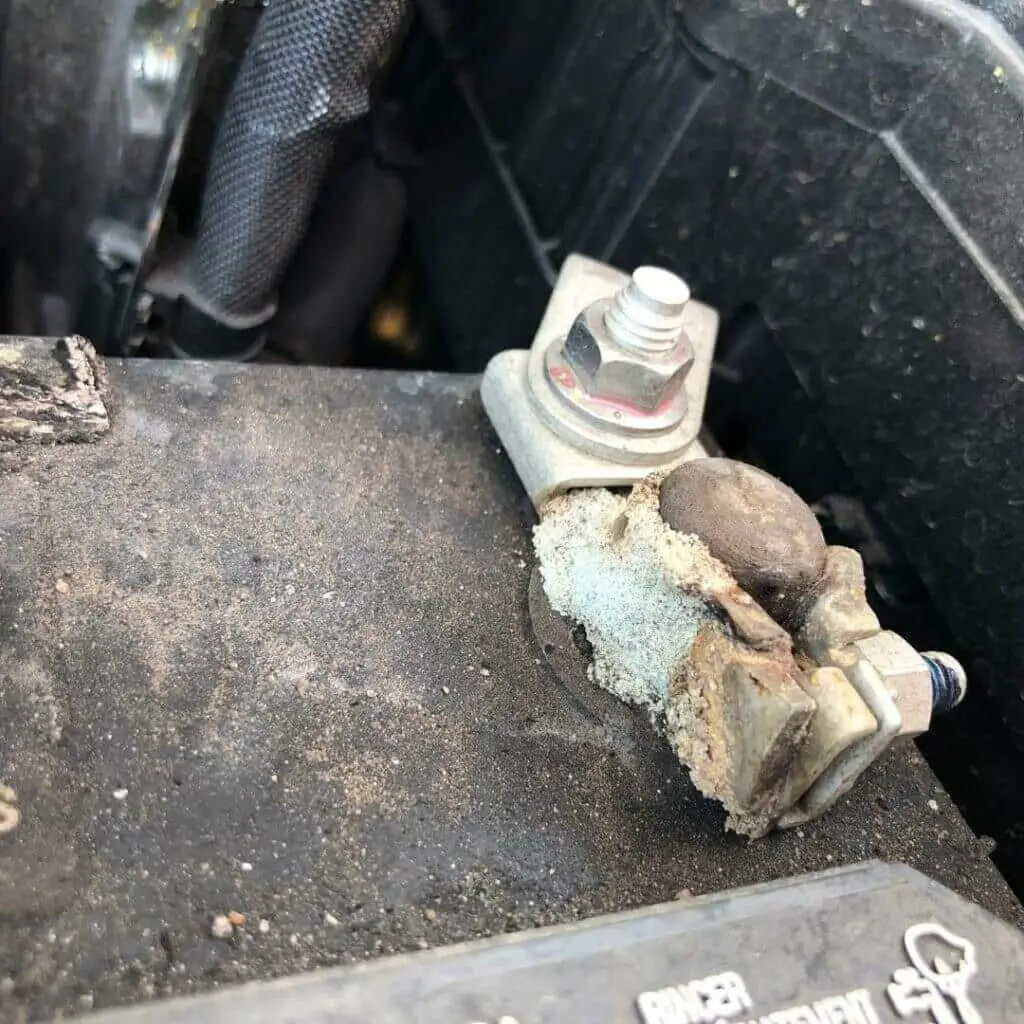The battery is essential for the smooth running of your car. If the battery dies, not even the engine can be started. And when that happens, you may asked yourself “can i put a lower ah battery in my car”? Answer may be tricky.
Additionally, the car’s lighting, air conditioning, and cherished radio would not function without a battery. This necessitates that you not only select the best replacement car battery but also ensure that you receive one on time.
Although the battery may be recharged, it eventually ages out and ceases working correctly. Accordingly, selecting the best battery for your car entails considering several important parameters, including size, power, age, reserve capacity, and cranking or cold-cranking amps.
You may choose the best replacement car battery using these variables, which affect how the effective battery will be for your vehicle.
Can I put a lower Ah battery in my car?
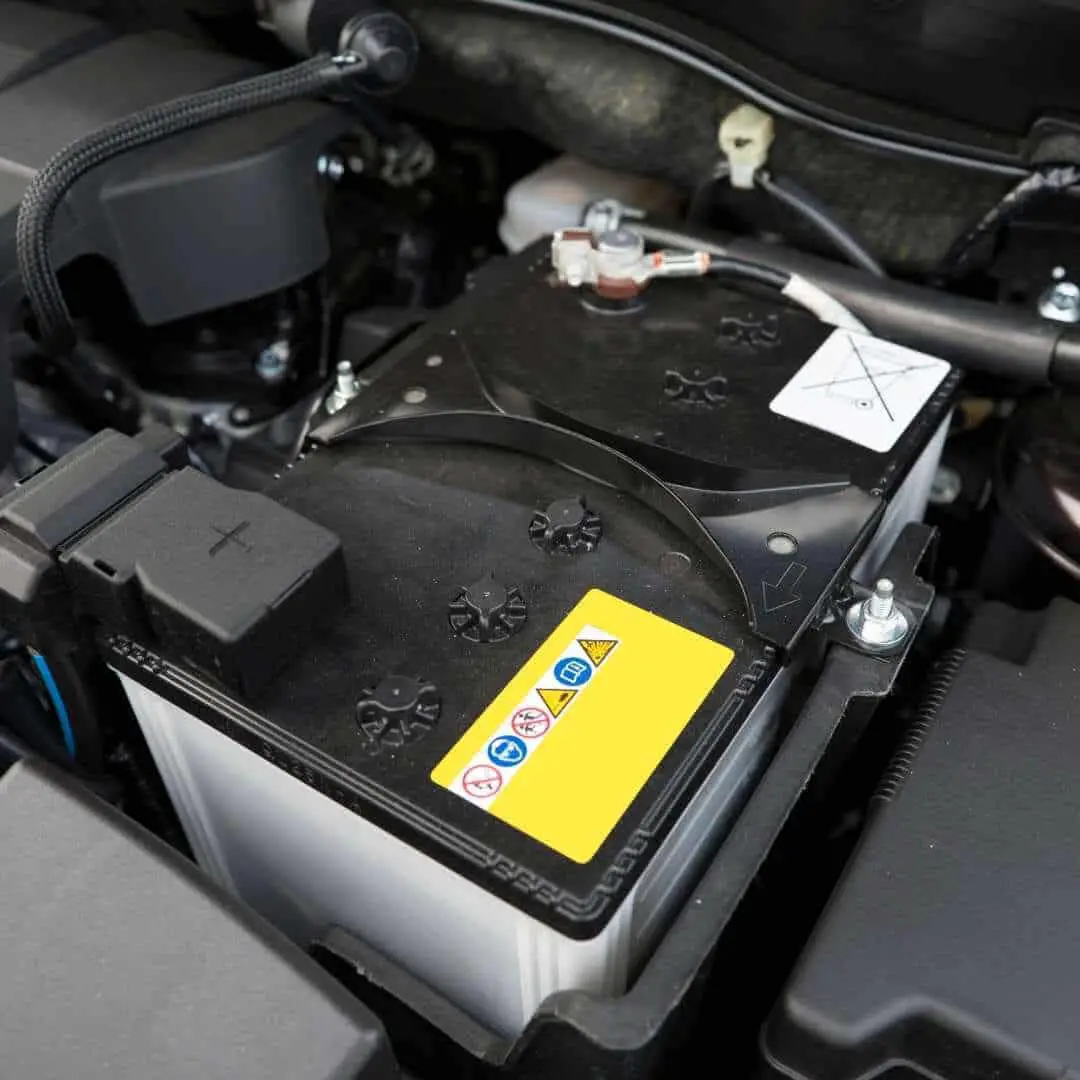
There’s nothing wrong with putting a lower Ah battery in the car, provided it is the same size and voltage as the original one. The only downside to this is that it will discharge faster and probably fail in cases of high power demand from the vehicle. This may ultimately shorten the battery’s life or even interfere with the components that depend on it.
Wrong battery in a car
These days, manufacturers design their automobiles to incredibly specific standards. Using the incorrect size battery might result in various issues, just like with other components or accessories. You should always replace your batteries with the size and output that the manufacturer advises, even if using the OEM brand isn’t always necessary.
Battery capacity (Ah)
This is the quantity of electricity a battery can produce, which is expressed in Ah (Ampere-hours). A battery may produce more electricity with more capacity [1].
Ideally, a battery with a capacity of 100 Ah should deliver currents of 100 Amps for one hour, 1 Ampere for 100 hours, or 2 Amps for 50 hours. However, this may not always be the case, as a battery loses power at a faster rate the quicker it discharges. Consequently, batteries with different capacities are typically found in the market today.
Battery Size
If the battery is the wrong size, it won’t fit properly in the car’s battery tray. There are many battery sizes available for car battery trays. You can check your car’s manual or the manufacturer’s website to see what size it needs. Cars commonly employ a few standard group sizes, including sizes 75, 65, 35, 34, and 37/78.
Reserve Capacity
The battery’s reserve capacity (RC) tells you how long it can keep the automobile running at a minimum voltage if the alternator charging it malfunctions [3].
If the alternator fails, a battery with a higher RC rating can keep your car running for a long period. The battery’s label contains the RC rating, often given in minutes. It serves as your vehicle’s emergency oxygen mask and protects you from becoming stranded in the event of an issue with the alternator.
Can I use a battery with higher amps?
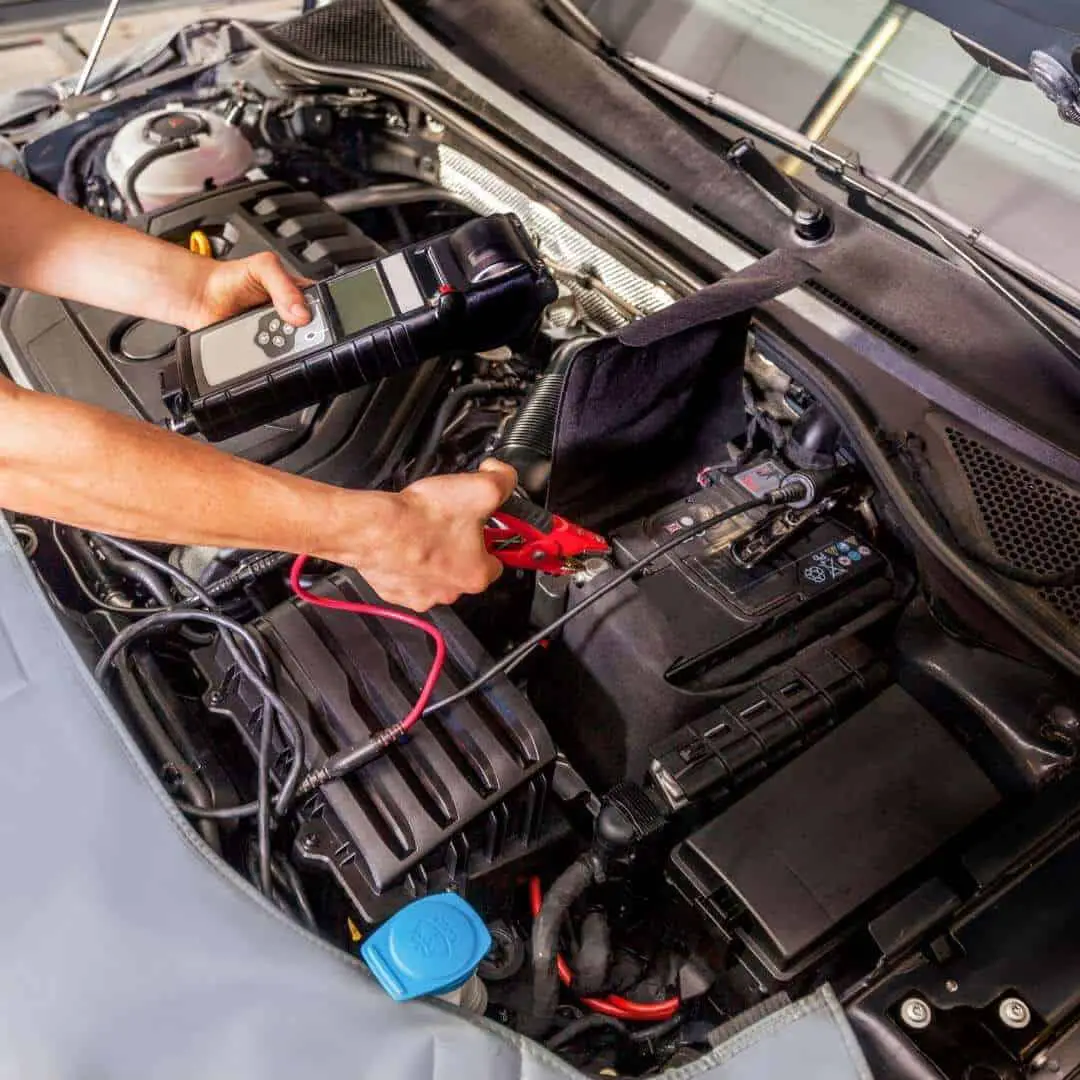
A bigger capacity battery also has higher cranking amps (CA), regarded as the highest electricity it can produce instantly. However, this does not imply that it can do so constantly; rather, only when the vehicle requires it.
Even though using a battery with higher amps is beneficial, it’s not without issues. A battery with a bigger capacity will deliver more energy than a regular one.
This could result in harm to some of the electronics if the device malfunctions, has a grounding issue, or short-circuit. However, this won’t be very noticeable unless there is a significant difference in Ah with the original battery.
So, can you still install a battery with higher amps if you don’t have enough space in the car?
A battery’s capacity and size are usually related. In other words, as the battery size increases, so do the reserve capacity, Amp-hours, and cranking Amps. Therefore, you can install a battery with a bigger capacity if you have more space.
Can I use a battery with lower cranking amps?
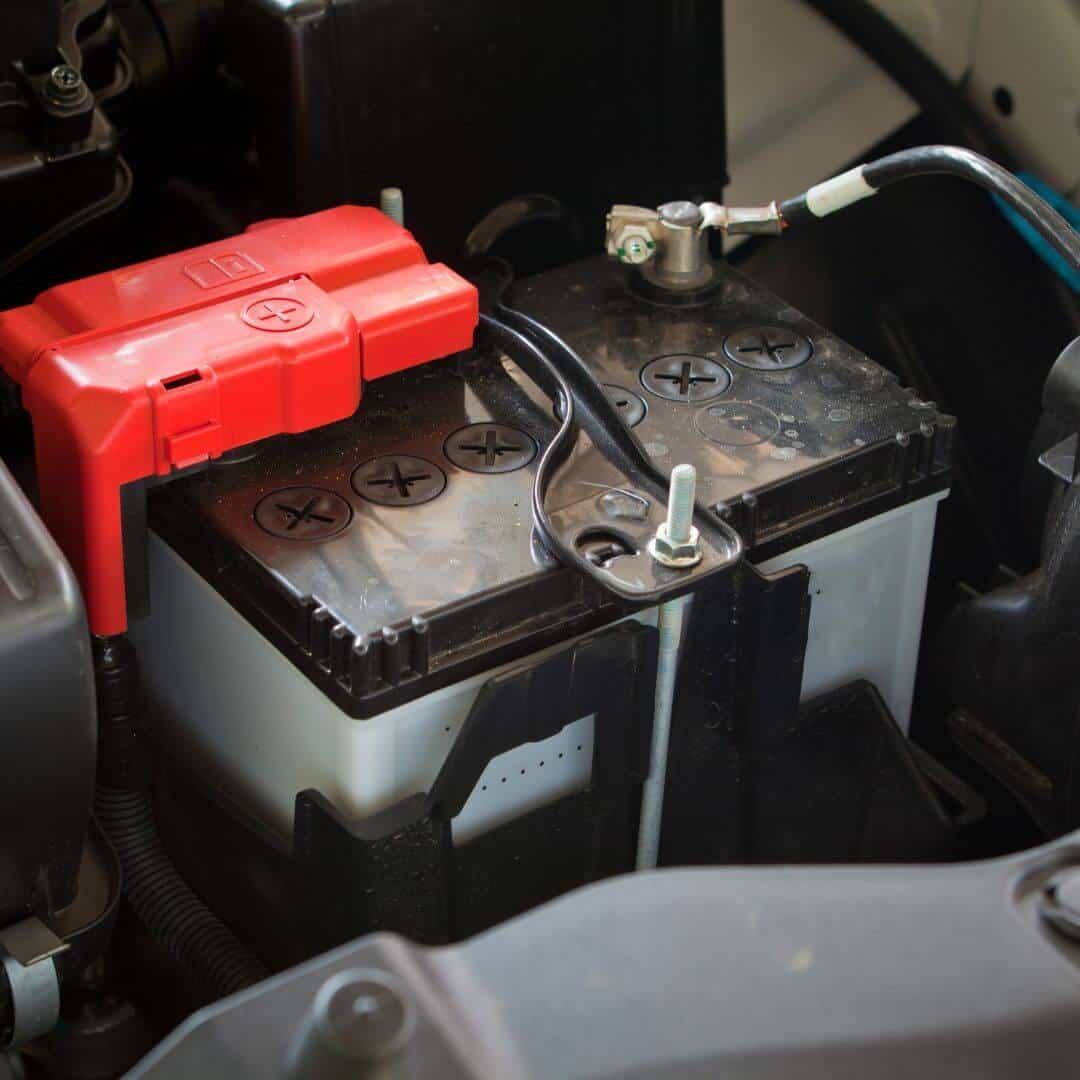
As long as it is the same size and voltage as the original battery, you can install a battery with a lower cranking amps. The main drawback to this is that it will discharge more quickly and most likely fail when the car requires a lot of power. The battery’s lifespan could ultimately be shortened, and the dependent components affected.
Cold-Cranking Amp Rating
The battery industry uses the CCA rating to describe a battery’s capacity to start an engine in cold weather. In general, a warm environment makes it simpler to start an engine than a cold one.
A 12-volt battery’s CCA rating is the maximum amount of amps it can produce for 30 seconds at 0°F while maintaining a voltage of at least 7.2 volts. The battery’s starting power increases with higher CCA ratings.
The CCA rating is more crucial to take into account if you live in a cold climate. A battery with a higher starting power should provide you more assurance over time because battery starting power degrades with age.
In terms of rating, replacement batteries have to match or surpass OE batteries. Poor performance could arise from replacing a battery with one that has a lower CCA than the original equipment.
Effect of using a small battery
Your automobile may have trouble starting if you use a small battery. Batteries are assessed according to their CCAs and life expectancy (cold cranking amps). The CCA of a battery indicates how well it can start an engine in subfreezing conditions. Imagine attempting to start a big V-8 engine on a chilly morning with a battery intended for a tiny four-cylinder car.
Additionally, a battery that is too small might not have enough power to run your car’s accessories, especially when it is off [6]. The battery may run out even if you only listen to the radio for a while. Frequent short travels tax all types of batteries, but tiny batteries are hit the hardest.
The battery may not fully recharge if you spend the entire day running errands, repeatedly starting the car, and only traveling small distances. The battery is constantly drawing charge rather than contributing to the load. Due to this situation, the alternator may overheat and eventually become damaged.
Effect of using a large capacity battery
Using a bigger battery than your manufacturer recommends could lead to several issues. First, if you purchase the battery off the shelf, you might discover it does not fit in the car’s battery compartment when you get home. Car batteries are available in various physical sizes, top-mount, and side-mount configurations, power and CCA ratings.
Plus, a bigger battery might result in other problems even if it fits the box physically. Manufacturers carefully match their batteries and alternators to the vehicle’s power requirements. An improper battery and alternator pairing could shorten your alternator’s lifespan
Imagine fitting a battery intended for a sizable, base-model six-cylinder luxury SUV with many accessories into a compact, four-cylinder sedan.
Read Next: Battery Charge Fault Stop The Vehicle
The Bottom Line
Overall, when it comes to your car’s battery, it simply doesn’t make sense to deviate from the manufacturer’s advice. Purchasing a small battery to save a few dollars could cost considerably more in repairs. Similarly, additional starting power is always alluring, but trying to install a large battery has its own set of issues.
Read Next: O’reillys vs Autozone Battery

